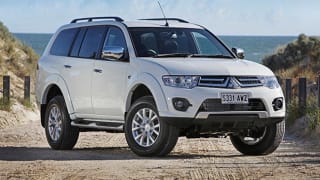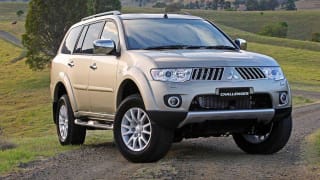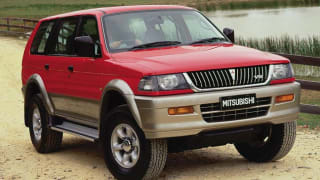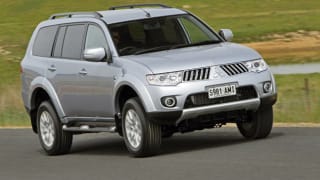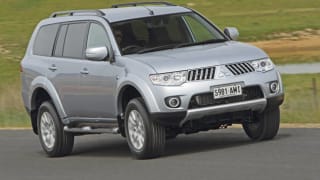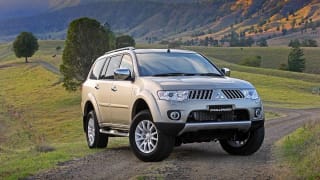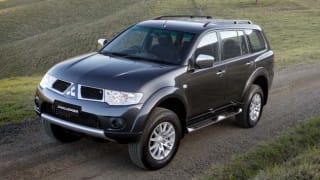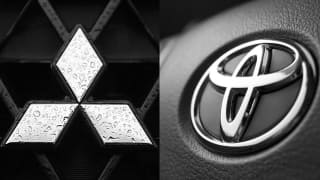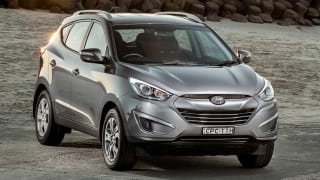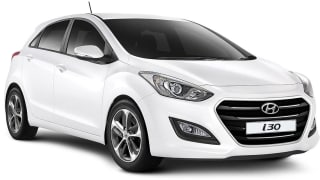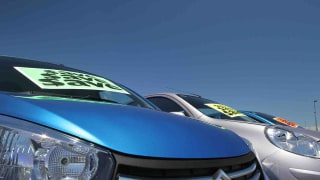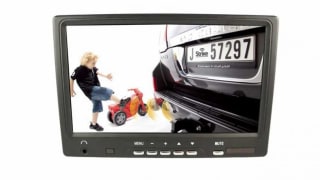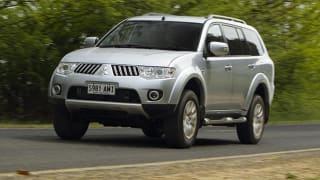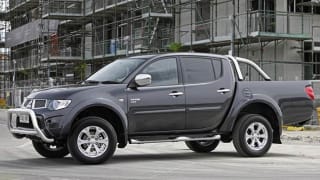The Mitsubishi Challenger was a large off-road SUV that shares many of its underpinnings with the Triton ute.
Sold from 1996, the Challenger lasted two generations in Australia before being replaced by the similar Pajero Sport in 2015. Interestingly, the Challenger had always carried the ‘Pajero Sport’ name in Europe.
Currently Challengers range from $11,990 for the Challenger (4X4) to $27,999 for the Challenger (4X4).
The Challenger could be had with petrol or diesel drivetrains, and always featured off-road features like four-wheel drive and low-range.
The Challenger competed with the Nissan Pathfinder and Toyota 4Runner.
This vehicle is also known as Mitsubishi Pajero Sport, Mitsubishi Pajero Dakar, Mitsubishi Montero Sport, Mitsubishi Shogun Sport, Mitsubishi Strada G-Wagon (Thailand), Mitsubishi Nativa, Beijing BJ2025.


